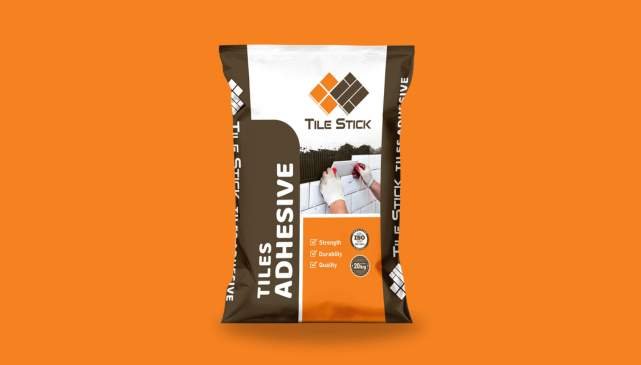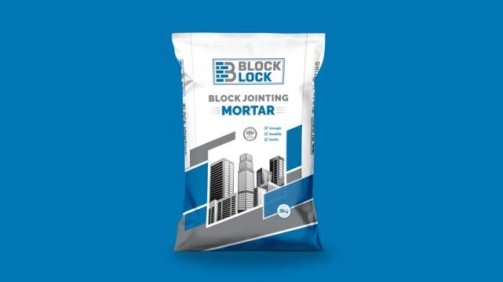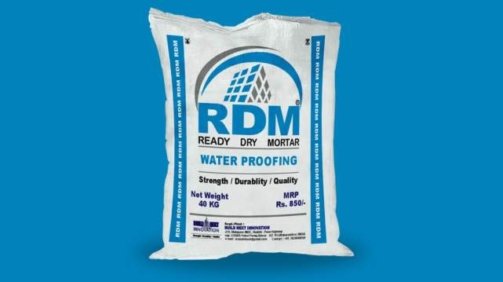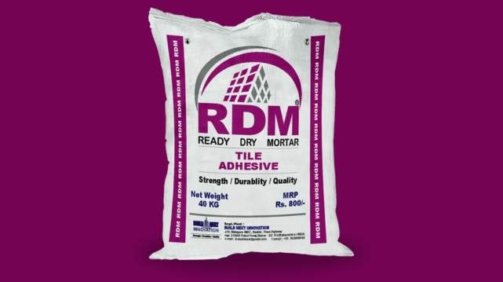Tiles Adhesive is a ready-to-use bonding material specially formulated for attaching tiles to different surfaces. It is commonly available in powder form, requiring the addition of water before application. The adhesive is spread on the substrate using a trowel, and tiles are then pressed into place. The adhesive cures over time, creating a secure bond.
For Build Next Innovation’s Tiles Adhesive or any other specific product, it’s essential to refer to the product documentation, technical specifications, or contact the company directly. Different formulations may have specific guidelines for application, drying times, and compatibility with certain tile types.
Always follow the manufacturer’s instructions and recommendations for the proper use of Tiles Adhesive to achieve optimal results in tile installations.
Uses: Tiles Adhesive is a specialized bonding material used in the installation of tiles. It is designed to secure tiles to various surfaces, providing a durable and long-lasting bond. The primary uses include:
- Floor Tile Installation: Used for fixing ceramic, porcelain, or natural stone tiles to the floor.
- Wall Tile Installation: Ideal for securing tiles to walls in kitchens, bathrooms, and other areas.
- Mosaics and Decorative Tiles: Suitable for bonding smaller and intricate tile pieces, including mosaics and decorative tiles.
- Indoor and Outdoor Applications: Can be used for both interior and exterior tile installations.
Advantages:
- Strong Adhesion: Tiles Adhesive forms a robust bond between the tiles and the substrate, ensuring stability over time.
- Versatility: Suitable for a variety of tile types, including ceramic, porcelain, glass, and natural stone.
- Quick Setting: Some formulations offer quick-setting properties, allowing for faster completion of tile installation projects.
- Water Resistance: Many tiles adhesives are formulated to be water-resistant, making them suitable for wet areas such as bathrooms and kitchens.
- Flexibility: Some adhesives have flexibility, which is beneficial in areas prone to slight movement, reducing the risk of tiles cracking.




